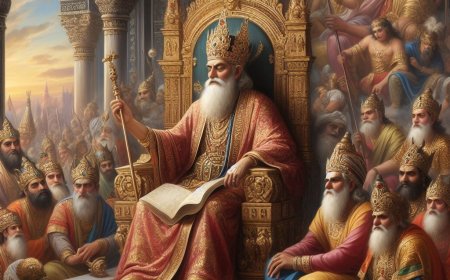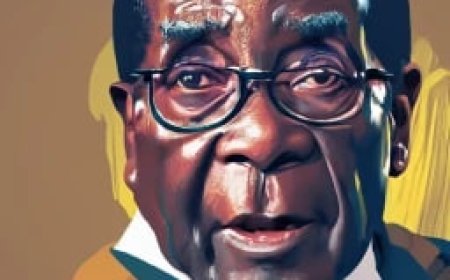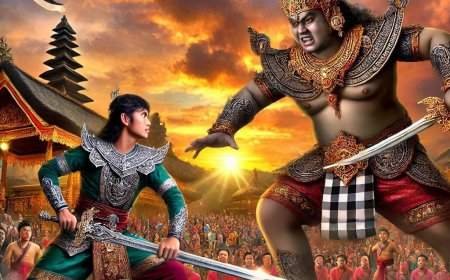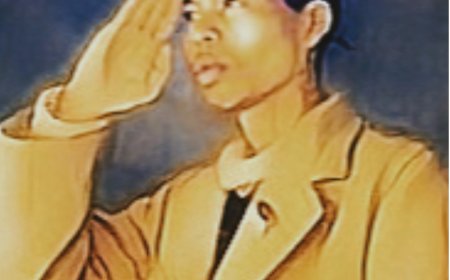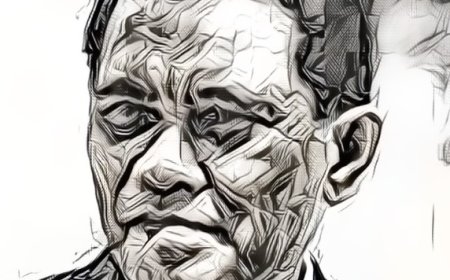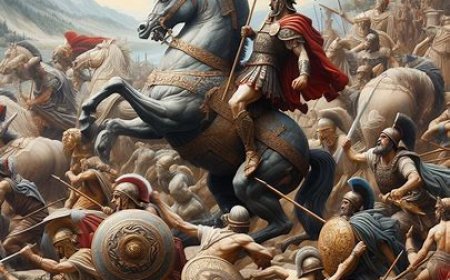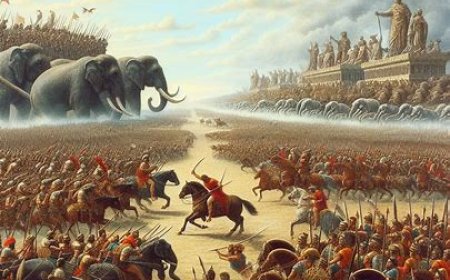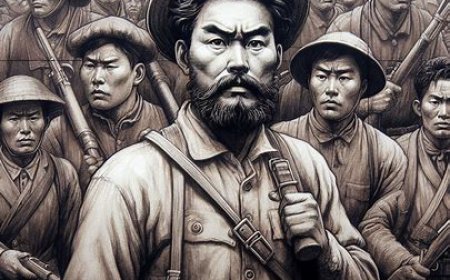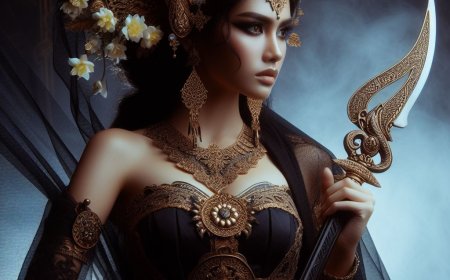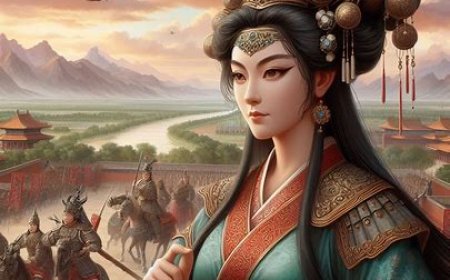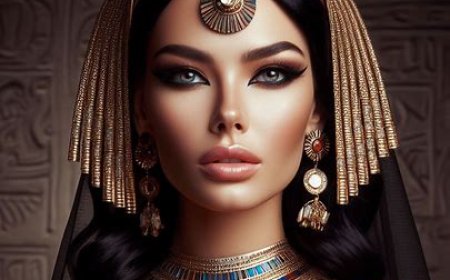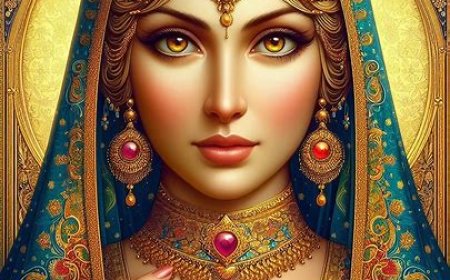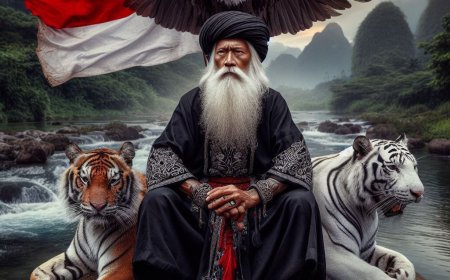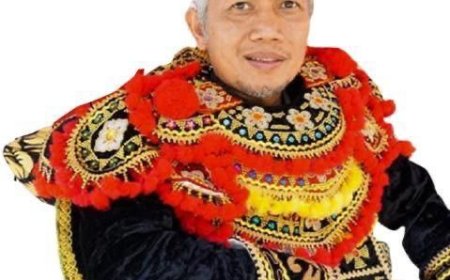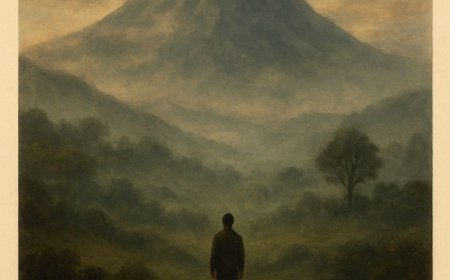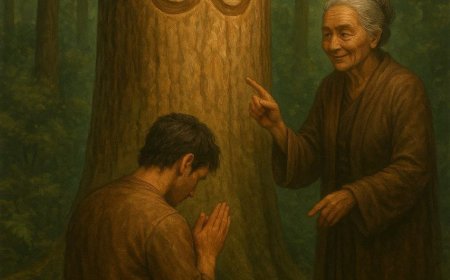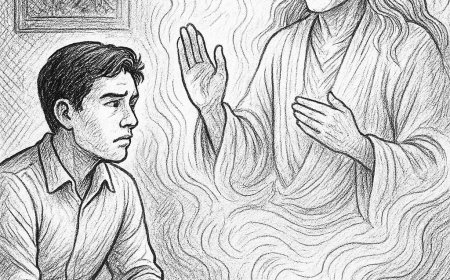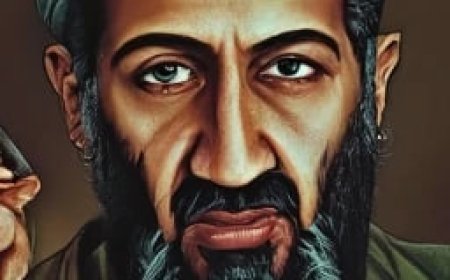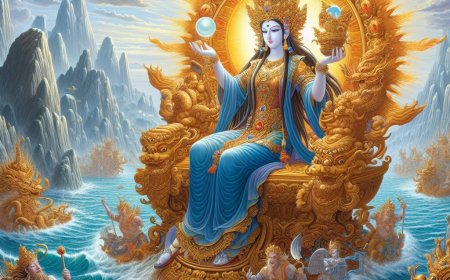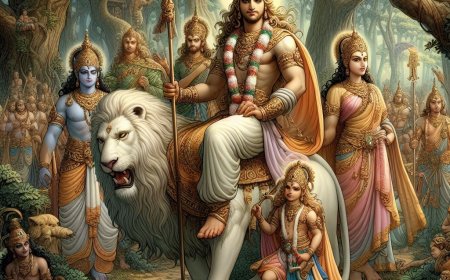Radiant Knights: Wisdom and Leadership of King Arthur
King Arthur's wisdom creates a strong moral and spiritual foundation in his myth, emphasizing universal values such as justice, honesty, and equality.ugh Camelot faces destruction, Arthurian myths often conclude with the belief that King Arthur is not truly dead but has gone to Avalon to heal his wounds and will return when Britain needs him again. The Myth of King Arthur has significantly contributed to the cultural heritage of Britain and continues to influence literature, art, and popular culture to this day. Despite its origins being a blend of history and fiction, these myths remain an integral part of the cultural legacy that is inherited and perpetuated.

The Myth of King Arthur is a series of epic tales and legends involving heroic figures in the literary tradition of medieval Britain. King Arthur, the central figure of these myths, is believed to have led Britain against the Saxon invasion in the 5th or 6th century AD, although the historical existence of Arthur is still debated. Key elements in these myths involve Excalibur, Arthur's legendary sword pulled from the stone, and the Round Table, the gathering place of Arthur's knights, symbolizing equality among them.
The knights, such as Lancelot, Gawain, and Percival, engage in various quests and adventures, showcasing their bravery, justice, and loyalty to King Arthur. The love story between Queen Guinevere and the greatest knight, Lancelot, also becomes a significant subplot in these myths. Mordred, Arthur's son, is often considered an antagonist contributing to the downfall of Camelot, particularly through betrayal and internal conflict. Holy quests, especially the search for the Holy Grail, also constitute a distinctive element in these myths.
The wisdom of King Arthur is reflected in several actions and decisions he takes. Here are some examples of King Arthur's wisdom:
1. Round Table
King Arthur's decision to have the Round Table as the seating arrangement for the knights is a wise move. With its round design, Arthur emphasizes equality among the knights and encourages fair cooperation in his court.
2. Drawing the Sword from the Stone
Drawing the Excalibur sword from the stone is evidence of destiny and Arthur's recognized leadership. This action not only demonstrates physical courage but also signifies that Arthur has a divine right to lead.
3. Knightly Code of Ethics
Implementing and upholding the knightly code of ethics is a wise action of King Arthur. Arthur teaches his knights to follow high moral values such as honesty, justice, and courage, creating a strong moral foundation for his kingdom.
4. Quest for the Holy Grail
Arthur leads his knights on a quest for the Holy Grail. Although this quest is filled with obstacles and dangers, this action reflects Arthur's vision to develop spiritual and moral wisdom among his knights.
5. Handling Internal Conflicts
In some versions of the myth, King Arthur shows wisdom in handling internal conflicts among knights and his family. His ability to maintain peace in his court and resolve disputes fairly demonstrates wise leadership.
6. Relationship with Knights and Subjects
Arthur is known for his good relationships with his knights and subjects. His wisdom in listening to advice and opinions from others, as well as treating everyone fairly, creates a harmonious atmosphere in his kingdom.
7. Tragic End with Dignity
In some versions, Arthur's wisdom is reflected in his tragic death faced with dignity and courage. His calm resignation and ability to accept his fate demonstrate the depth of character and wisdom in the midst of trials.
King Arthur's wisdom creates a strong moral and spiritual foundation in his myth, emphasizing universal values such as justice, honesty, and equality.ugh Camelot faces destruction, Arthurian myths often conclude with the belief that King Arthur is not truly dead but has gone to Avalon to heal his wounds and will return when Britain needs him again. The Myth of King Arthur has significantly contributed to the cultural heritage of Britain and continues to influence literature, art, and popular culture to this day. Despite its origins being a blend of history and fiction, these myths remain an integral part of the cultural legacy that is inherited and perpetuated.
(source: chatgpt)
What's Your Reaction?












